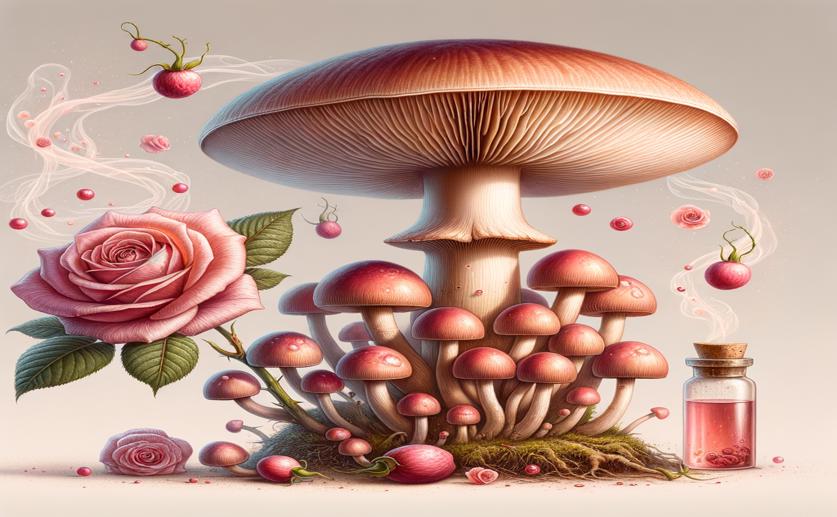
In-Depth Study of Rose-Scented Compound Production by a Common Fungus
Greg Howard
16th June, 2024

Image Source: Natural Science News, 2024
Key Findings
- Researchers from Fujian Agriculture and Forestry University found that the fungus Annulohypoxylon stygium can produce 2-PE, a valuable aromatic compound
- The strain "Jinjiling" (S20) of A. stygium produced the highest concentration of 2-PE, reaching 2.33 g/L under optimal conditions
- Using spent compost from the fungus Tremella fuciformis as a medium, the study demonstrated a sustainable and cost-effective method for 2-PE production
References
Main Study
1) Comprehensive investigations of 2-phenylethanol production by the filamentous fungus Annulohypoxylon stygium.
Published 15th June, 2024
Journal: Applied microbiology and biotechnology
Issue: Vol 108, Issue 1, Jun 2024
Related Studies
2) Elevated production of the aromatic fragrance molecule, 2-phenylethanol, using Metschnikowia pulcherrima through both de novo and ex novo conversion in batch and continuous modes.
3) Screening of yeasts for the production of 2-phenylethanol (rose aroma) in organic waste-based media.
4) Zygosaccharomyces rouxii, an Aromatic Yeast Isolated From Chili Sauce, Is Able to Biosynthesize 2-Phenylethanol via the Shikimate or Ehrlich Pathways.
5) Microbial production of scent and flavor compounds.



 12th March, 2024 | Jim Crocker
12th March, 2024 | Jim Crocker